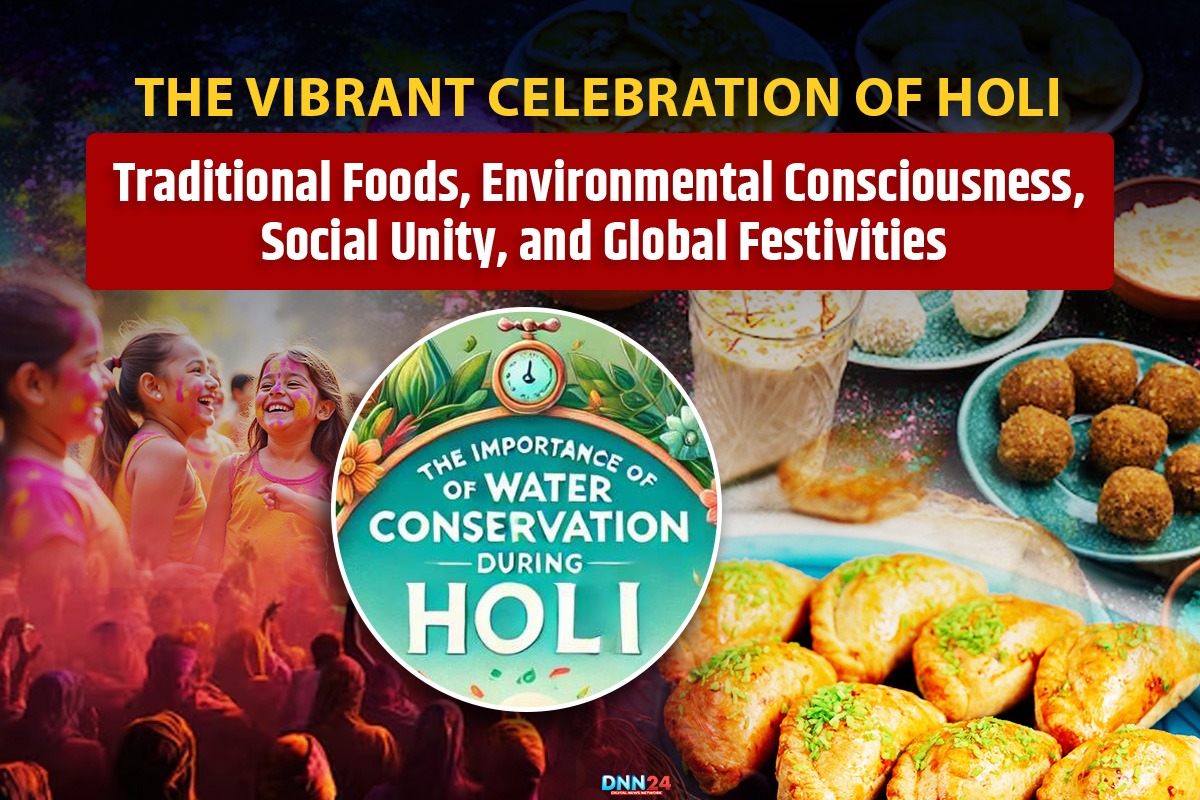Holi, the colorful festival of joy and spring, has captivated hearts across India and around the world for centuries. Holi attracts people through its vivid colors in addition to its traditional foods and its environmental consciousness and social bonds and its rising popularity around the world. The yearly festival brings families to prepare unique delicacies while people of all communities unite and growing numbers of people focus on responsible celebration methods. This comprehensive exploration delves into the four key dimensions of Holi that make it such a special occasion in Indian culture and beyond.
Traditional Foods and Delicacies of Holi
Holi celebrations remain incomplete without the array of traditional foods and sweets that families prepare with love and care. Three items stand out as the quintessential Holi treats: gujiya, malpua, and thandai. The festive season celebrates these traditional foods which cherish cultural importance while they appear in almost every Indian home during Holi. Thandai, a refreshing beverage, has become synonymous with Holi celebrations across India. Traditional approaches to prepare thandai involve blending milk with a combination of nuts along with spices optionally containing bhang. According to Chef Maharaj Bhawar Singh the proper production of authentic thandai depends on obtaining full-fat milk and sugar with almonds alongside cashew nuts and pistachios and melon seeds and black peppercorns and various aromatic spices which form its signature taste. When making the drink for Holi they start by moistening nuts and spices after which they grind everything into a smooth paste to mix with milk and sugar before obtaining the perfect chilled beverage for festivals.
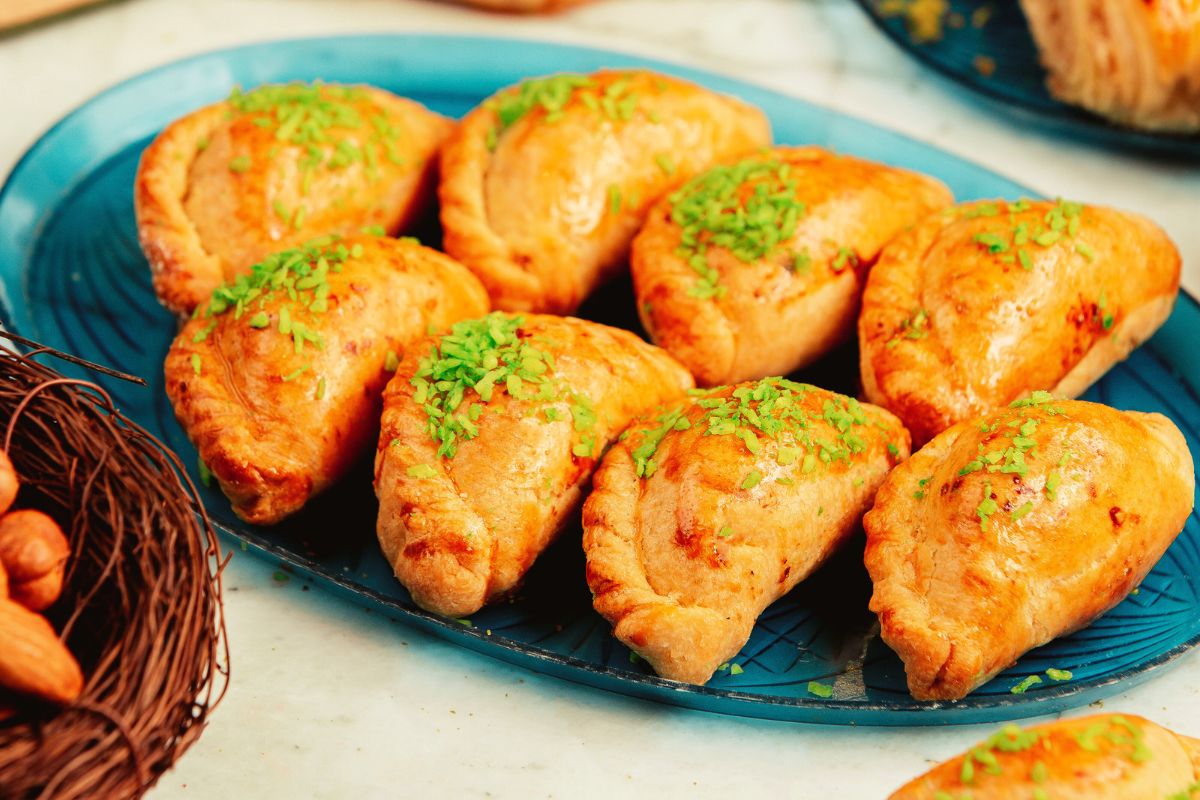
Gujiya, a sweet dumpling with a distinctive half-moon shape, is perhaps the most iconic Holi sweet across northern India. Filling up this traditional sweet delicacy with khoya (reduced milk solids) and sugar along with dry fruits lies inside a flour pastry. The baked mawa gujiya recipe provides a nutritious substitute for the classic fried version. The traditional filling of this dish consists of khoya combined with sugar along with figs and dates and cashews together with almonds and walnuts. The preparation starts with blending refined flour with whole wheat flour and ghee as the dough base then it becomes circular pieces before putting sweet filling inside which ends with folding the dough into half moons that are fried and baked until they achieve golden hues. Believers who focus on healthy diets now have access to sugar-free versions of these festivities that enable them to celebrate without dietary restrictions.
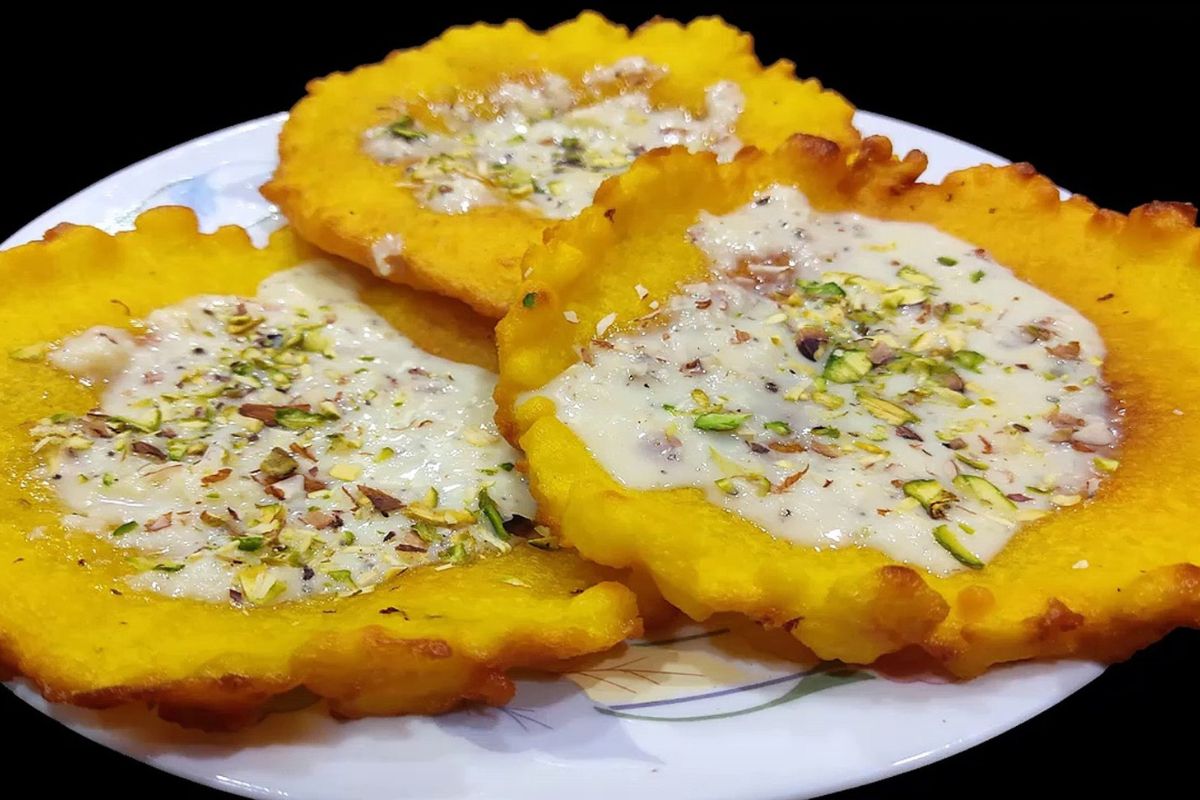
Malpua completes the holy trinity of Holi sweets with its pan-fried goodness and syrupy sweetness. Different regions of India prepare this dessert in unique ways because they follow various traditional cooking methods across the nation. The production of traditional malpua differs between Odisha and West Bengal since they use rice flour yet Rajasthan and Uttar Pradesh and Bihar prefer wheat flour and refined flour. Food expert Shital Kakad’s recipe for “Rang Barse Malpua” includes a sugar syrup infused with saffron and a special stuffing of mashed paneer, powdered sugar, chopped roasted almonds and pistachios, lemon juice, and rose essence. When dipped in sugar syrup the batter turns golden brown on both sides in a non-stick ghee-coated pan resulting in a mouth-melting taste that makes children and adults of all ages happy during festivals.
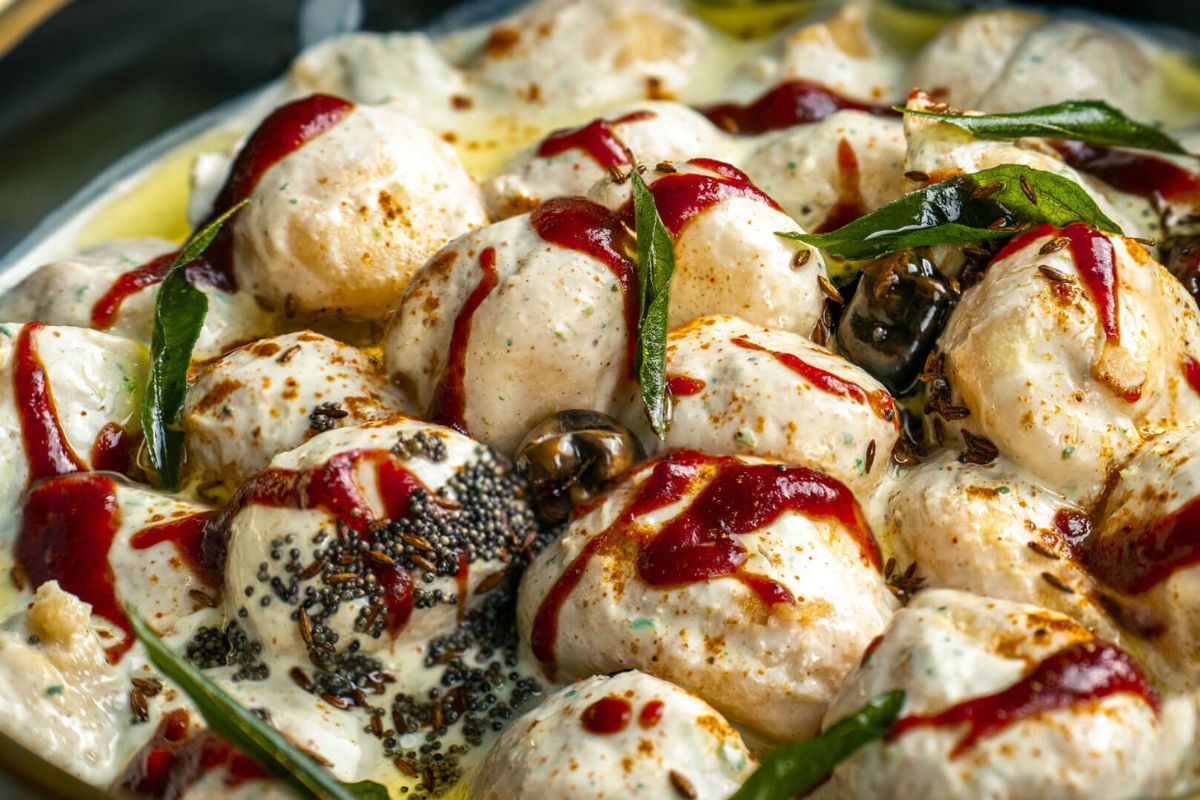
Beyond these three signature items, Holi celebrations feature many other beloved foods. Religious observances during the annual festival consider dahi bhalle as a necessary savoury dish predominantly in North India. Lentil fritters served as an appetizing dish when combined with yogurt that features tangy spices and chutneys create a successful contrast to sweet food choices. The preparation method of ground lentils merged with frying them before yogurt soaking gives Dahi bhalle its special refreshing character that suits spring warmth perfectly. Other popular Holi foods include crispy pakoras (fritters) and spiraling jalebis soaked in sugar syrup. Each region of India contributes its unique flavors to the festival’s gastronomic landscape, making Holi a truly diverse culinary experience that showcases the richness of Indian cooking traditions.
Environmental Impact of Holi Celebrations
The colorful traditions of Holi, while joyous and culturally significant, have raised important environmental concerns in recent decades. Traditional practices at the festival supplemented colors with water quantities that now employ synthetic dyes while exceeding sustainable levels. Poor management of these traditional festival practices leads to dangerous impacts on human wellness along with environmental destruction. Synthetic color pigments which are used during Holi contain toxic dyes coupled with heavy metals as well as dangerous chemicals that lead to respiratory problems along with skin allergies and eye irritation. These chemicals discharge into water bodies through washings so they pollute water resources while simultaneously endangering aquatic populations. Many environmentally oriented citizens in India worry about the massive water usage because their region suffers from water scarcity.
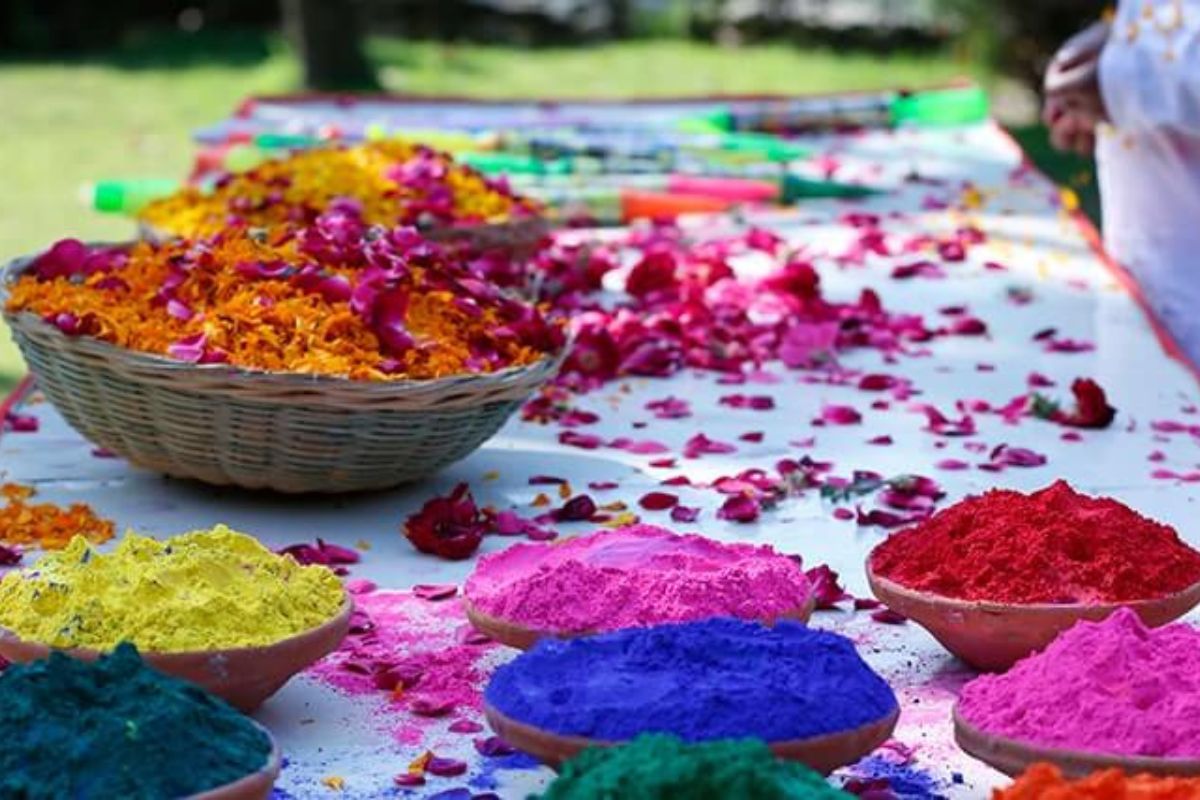
The rising environmental consciousness resulted in eco-friendly festival alternatives because people realized how to keep festival traditions while diminishing their impact on the environment. Flowers and herbs along with food products have emerged as safer natural dye alternatives to synthetic dyes in recent times. Natural color production involves creating yellow through turmeric powder and green through henna leaves and producing red with beetroot juice and creating blue shades with indigo flower or butterfly pea petals. Natural color products decrease environmental contamination while delivering milder effects on human skin and quick water-based removal thus conserving water resources. Many community organizations now organize workshops before Holi to teach people how to make these natural colors at home, encouraging sustainable practices while preserving traditional knowledge of plant-based dyes.

Water conservation during Holi has also become a priority in many communities across India, reflecting a broader commitment to environmental stewardship. The concept of “dry Holi” has gained traction, where celebrants use minimal or no water during the festivities, focusing instead on the application of dry colors and the social aspects of the celebration. The implementation of dry-color application events by community groups results in reduced water usage during festivals without affecting the visual impact of the celebration. Educational initiatives about water preservation and their importance for dry areas have proven effective in teaching people to celebrate through appropriate methods which protect natural resources. Traditional festivals use these initiatives to combine environmental adaptability with essential cultural elements and original traditions.
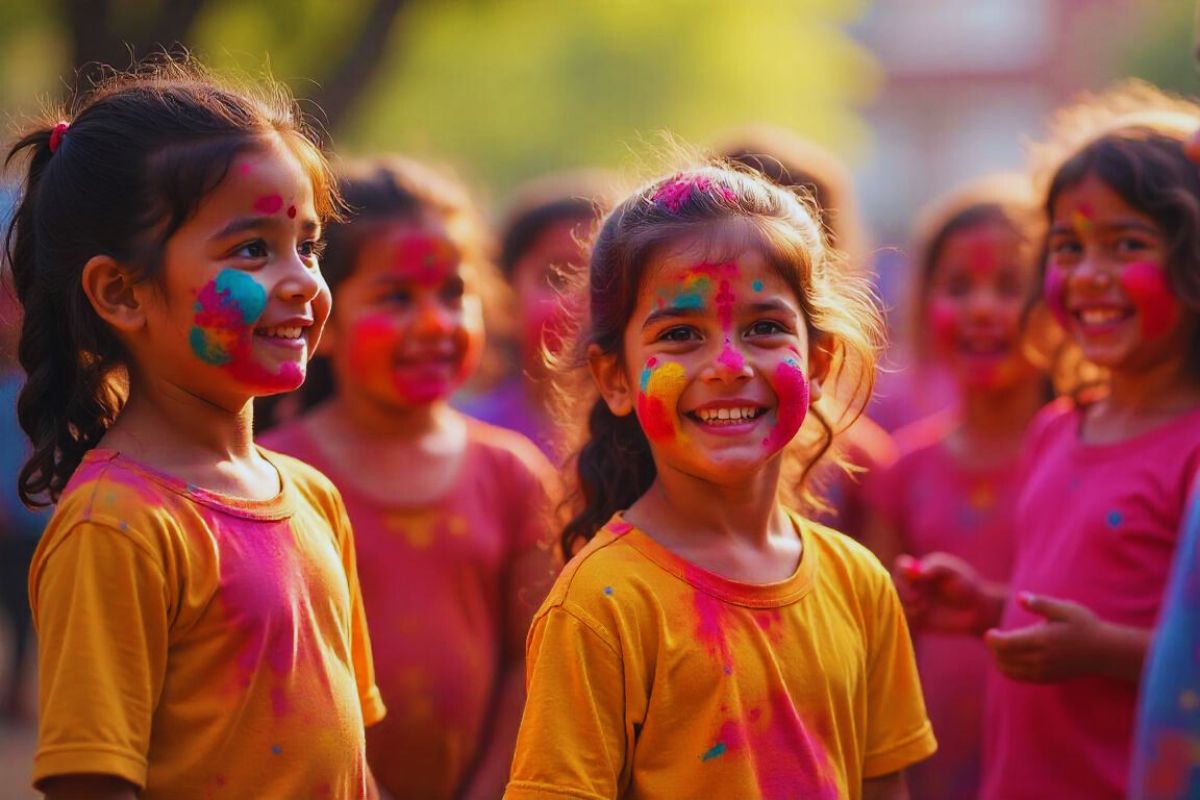
Corporate social responsibility initiatives have further contributed to making Holi more environmentally friendly through market-based solutions. Many businesses now develop and sell eco-friendly color products made from natural elements that provide consumers with alternative harmless synthetic product choices. Natural colors are offered alongside proper handling directions that enable participants to effectively prepare and dispose of their festival materials. The shift to biodegradable materials now takes the place of plastic containers for packaging purposes. Community-led clean-up drives after Holi celebrations ensure that color residues and waste are properly disposed of, minimizing long-term environmental impact and teaching younger generations about the importance of responsible celebration that honors both tradition and nature.
Social Aspects of Holi
Holi stands out among Indian festivals for its remarkable ability to dissolve social barriers and promote community harmony across traditional divides. All participants lose their usual social identities during this cheerful annual tradition when people from all age groups and statuses apply colors together without discrimination. The social equality achieved through Holi signifies a fundamental truth about humanity because people discover their shared connection beyond their social positions. The festival provides a unique chance for unfettered social interaction even though India typically faces many social divisions thus forming bonds which may endure past the festival period.
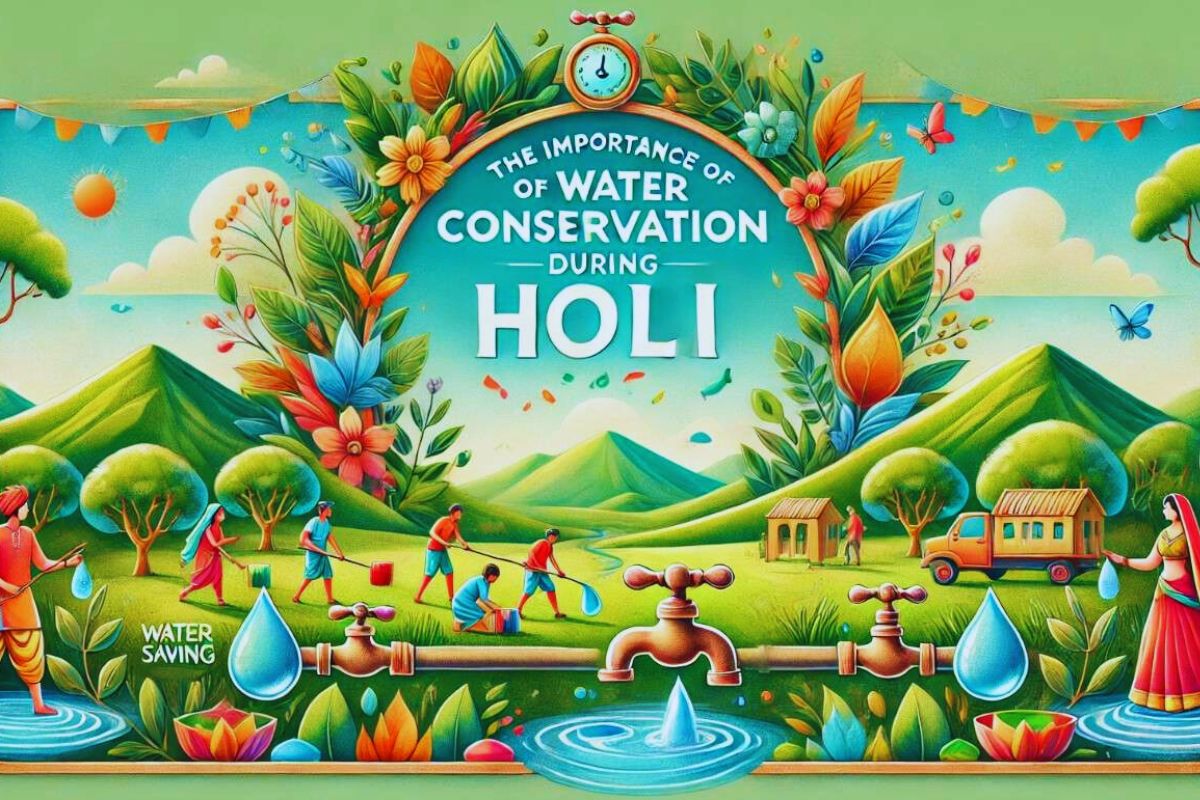
People use a playful environment to interact informally thus forming genuine connections regardless of social barriers.
The festival’s open and inclusive nature finds expression in the common greeting “Bura na mano, Holi hai” (Don’t feel offended, it’s Holi), which acknowledges the temporary suspension of usual social norms during this special time. Residential areas alongside villages unite as neighbors welcome each other to their houses for sweet exchange through gujiya and malpua followed by shared color application and sincere salutations. Such social customs grow current bonds and build fresh partnerships which develop a sense of community membership that strengthens social ties. Elderly members of the community often receive special respect during Holi, with younger members seeking their blessings by applying colors to their feet – a practice that honors tradition while celebrating togetherness across generations, teaching children important values about respecting elders while participating in joyful celebrations.
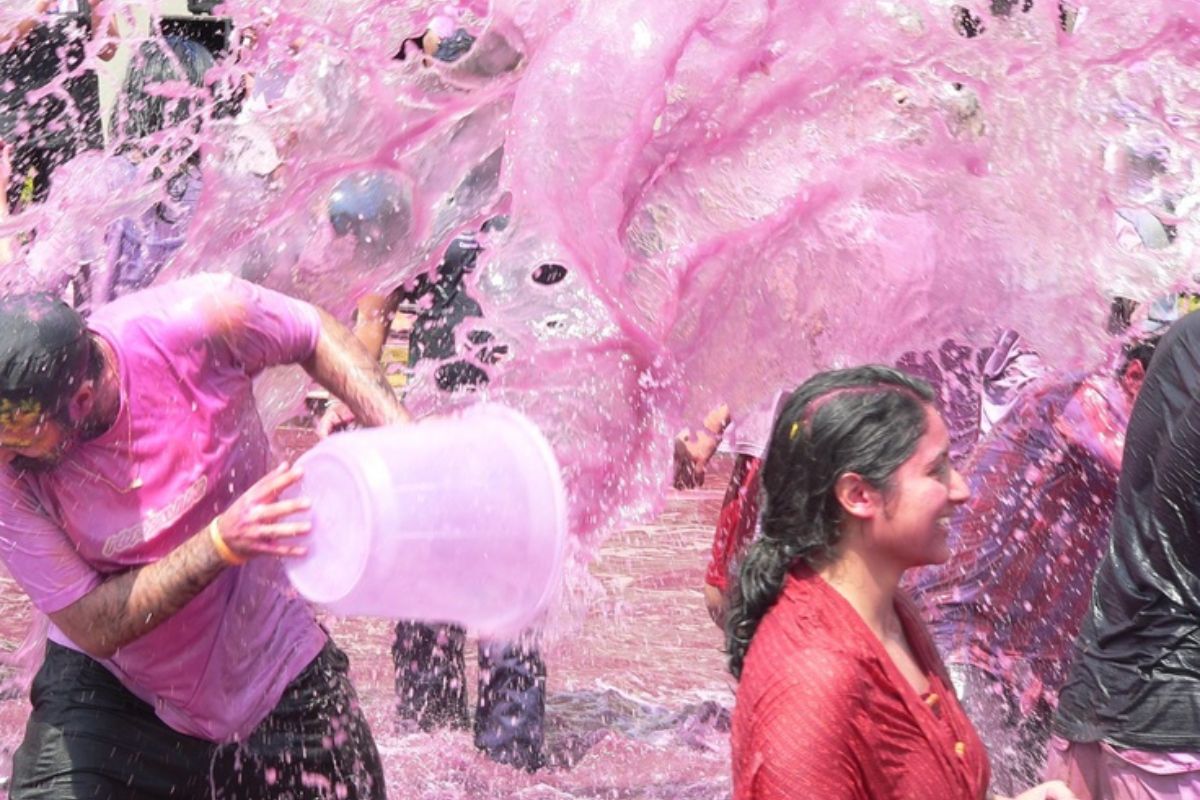
Community celebrations of Holi in public spaces further enhance its social importance and impact on community relations. The collective celebration of Holi occurs in public spaces throughout Indian towns and cities where residents from all backgrounds join together at housing societies and community centers followed by public parks. The festivals provide both musical entertainment along with cultural dancing and food sharing with color application as a way for different groups to interact that might not connect otherwise. These community gatherings produce new bonds among people while people lay aside previous disputes to foster mutual good will throughout the festivities. The cultural tradition of “Holi Milan” specifically encourages people to resolve conflicts and repair strained relationships during the festival, using it as an opportunity for reconciliation and renewal of social bonds.

The social impact of Holi extends beyond the day of celebration itself, influencing community dynamics throughout the year. Holi preparations create teamwork because local residents make arrangements to host events and prepare their traditional dishes thandai and gujiya. The joint collaborative work at Holi helps create two important results: it builds community purpose and it develops shared identity which strengthens community ties. The shared experiences from the festival persist to shape social relationships since festival tales and photographs merge into the community’s stories. Many people report that relationships formed or strengthened during Holi often lead to ongoing connections, demonstrating how this ancient festival continues to serve an important social function in contemporary Indian society by bringing people together across various divides.
Global Celebrations of Holi
Holi has transcended its Indian origins to become a globally recognized festival, celebrated with enthusiasm in various countries around the world. The international reach of Holi exists because of traditional Indian practices spread by worldwide Indian communities and because the festival creates an inviting atmosphere that attracts people from different backgrounds. In countries with significant Indian populations like the United States, United Kingdom, Canada, Australia, and South Africa, Holi celebrations have grown from small community gatherings to large-scale public events that attract participants from diverse cultural backgrounds. Holi celebrations worldwide maintain their original colors and festivities while fitting local conditions and obeying local rules and weather conditions showing the ability of this festival to adapt in any culture.
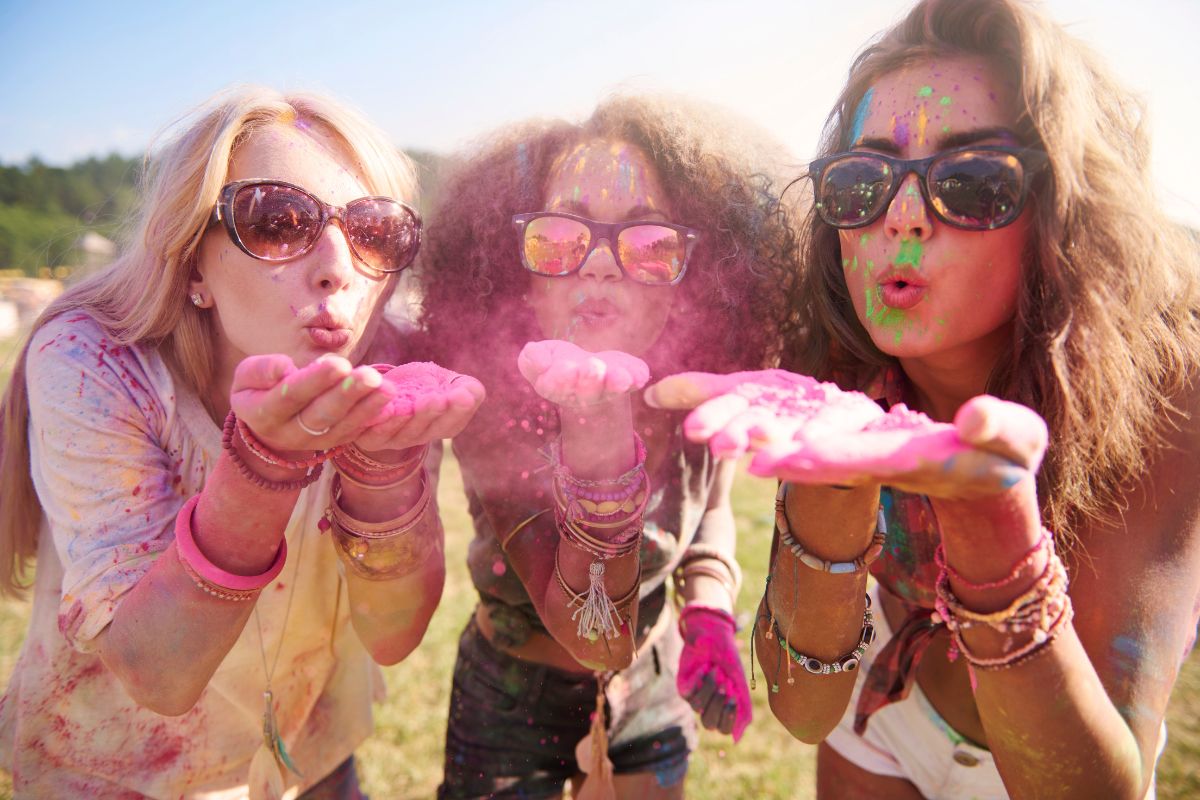
Some of the most notable international Holi events have gained fame for their scale and cultural significance in creating cross-cultural understanding. In the United States, the “Holi Festival of Colors” in Utah attracts thousands of participants annually, while New York’s “NYC Holi Hai” transforms city parks into vibrant celebrations of Indian culture that draw participants from all backgrounds. London’s “Holi Festival of Colours” has become one of Europe’s largest Holi events, featuring not just traditional color throwing but also contemporary music and dance performances that blend Indian traditions with Western influences. Even in countries without large Indian populations, the visual appeal and joyful nature of Holi has inspired similar celebrations, creating cultural bridges between different societies and traditions.
Global Holi celebrations have evolved unique characteristics that distinguish them from traditional Indian celebrations while maintaining connections to the festival’s essence. In many Western countries, Holi has merged with music festival culture, featuring DJs, live bands, and dance performances alongside color throwing. These “color festivals” often incorporate elements of electronic dance music culture while maintaining references to Holi’s spiritual origins and cultural significance. The planning of international commemorations for Holi fasts follows weekends and weather-appropriate days instead of Indian dates because this arrangement enhances participation rates and adaptation to climate. Additionally, many global Holi events emphasize the festival’s environmental and social messages, promoting eco-friendly colors and using the occasion to raise funds for charitable causes.

The global spread of Holi has contributed significantly to cultural exchange and understanding between India and other nations. For many non-Indians, participation in Holi celebrations offers an accessible entry point into Indian culture, religion, and traditions through direct experience rather than academic study. The festive celebration of Holi through its core themes of joy and equality enables effective cultural diplomatic relations and mutual appreciation between different nations. Educational institutions worldwide have embraced Holi as an opportunity for multicultural learning, organizing celebrations that include explanations of the festival’s cultural and historical significance. Through this global diffusion, Holi has become more than just an exported cultural practice – it has evolved into a truly international phenomenon that both preserves its traditional roots and embraces new interpretations that enrich its cultural significance across borders.
Also Read: Festival of Colors: The Rich Traditions and Significance of Holi in India
You can connect with DNN24 on Facebook, Twitter, and Instagram and subscribe to our YouTube channel.

